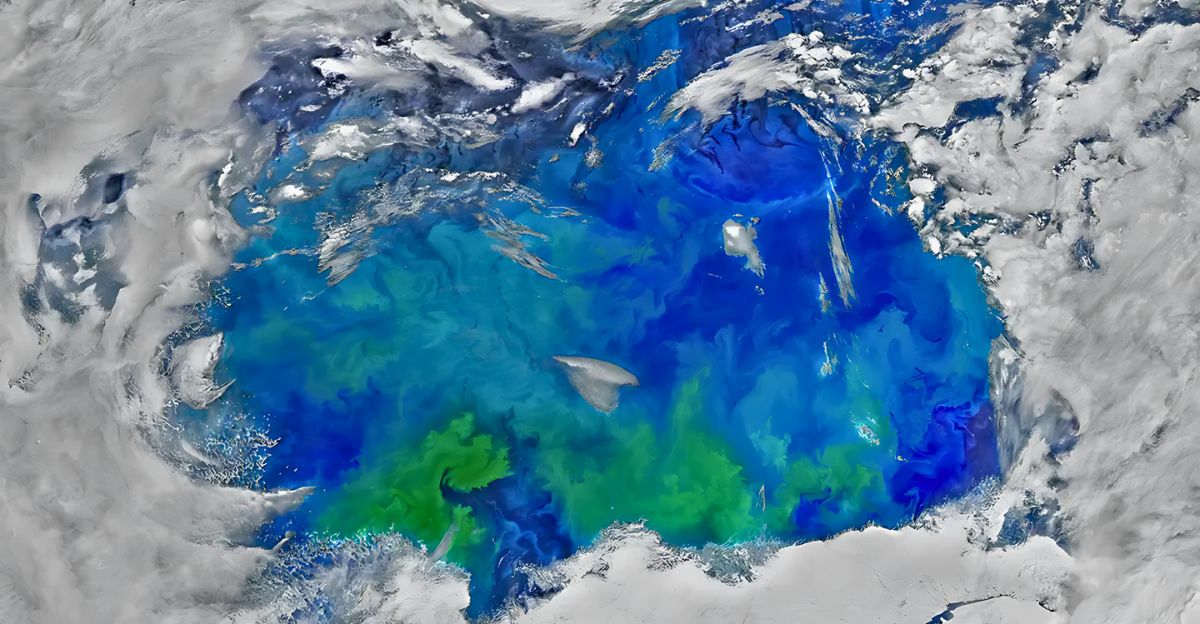
They may be tiny, but krill are the backbone of the Antarctic food chain, feeding everything from whales to penguins. Now, scientists are turning to an unexpected tool—satellites in space—to track these vital creatures. By analyzing subtle changes in seawater color, researchers hope to count krill populations from orbit, offering a groundbreaking way to monitor their numbers and protect them from climate threats.
How Krill Change the Color of the Ocean
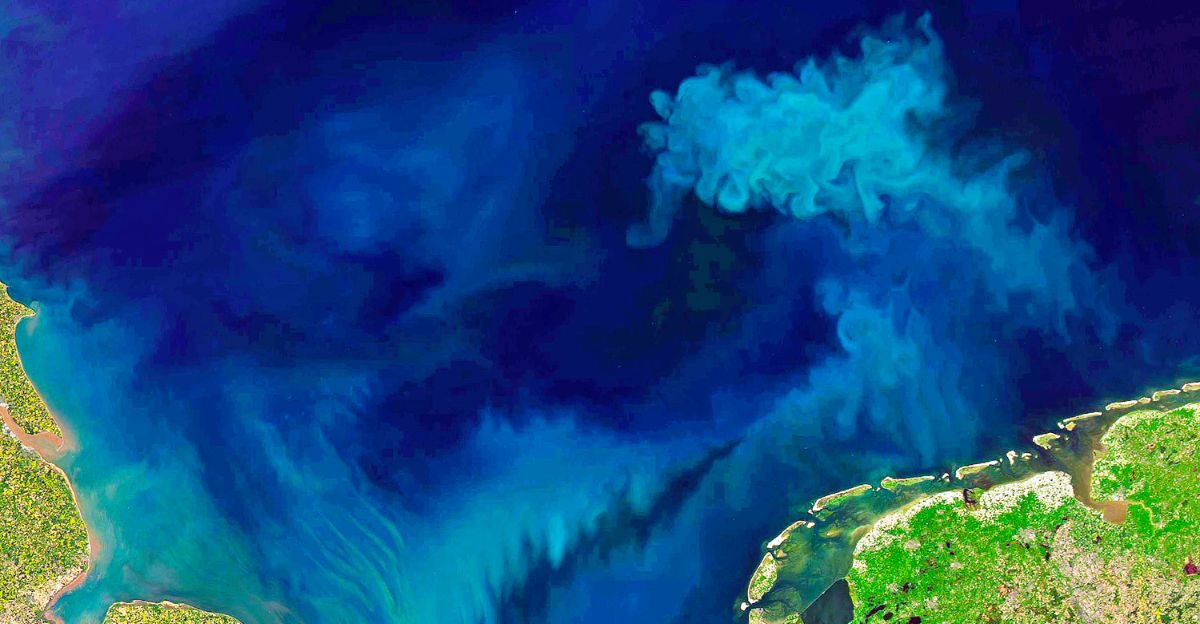
Krill have a reddish pigment that slightly alters the way seawater absorbs light. Scientists tested this by adding krill to seawater and measuring how the color changed. This data helps satellites detect krill density from space, providing a real-time snapshot of their populations. It’s a revolutionary shift from traditional methods like trawling, which are slow, expensive, and disruptive.
The Role of Satellites in the Study
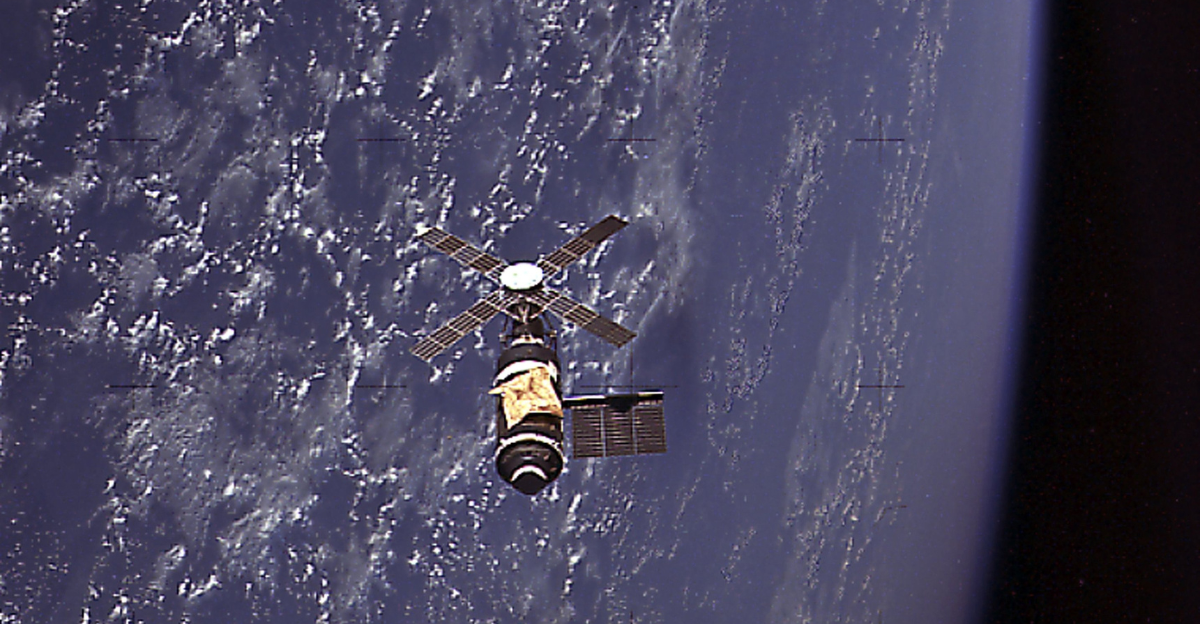
Satellites orbiting Earth scan vast areas of ocean, detecting the subtle color changes caused by krill swarms. These high-resolution images allow scientists to track population shifts over time, offering critical insights into their movement, density, and health. Combined with AI and machine learning, this method could transform how marine ecosystems are studied.
Why Krills Matter to the Planet

Krill fuel the Antarctic ecosystem, feeding whales, seals, penguins, and seabirds. But their role goes beyond that—krill eat microscopic plants that absorb carbon from the atmosphere. When whales eat krill and later excrete waste, they fertilize these plants, helping regulate the planet’s climate. Disrupting this cycle could have ripple effects on global ecosystems.
Climate Change and the Krill Crisis
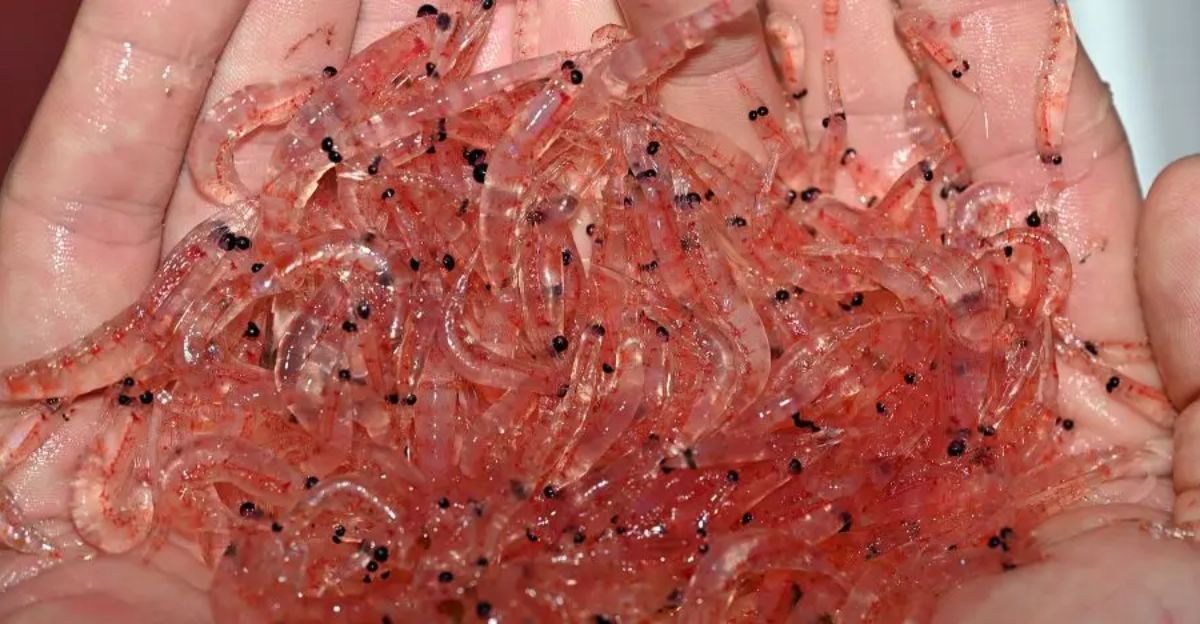
Krill are highly sensitive to ocean warming and ice loss. As Antarctica’s climate shifts, their populations are in flux. Space-based monitoring enables scientists to detect these changes as they happen, improving climate models and helping predict broader ecological shifts.
Protecting Krill from Overfishing
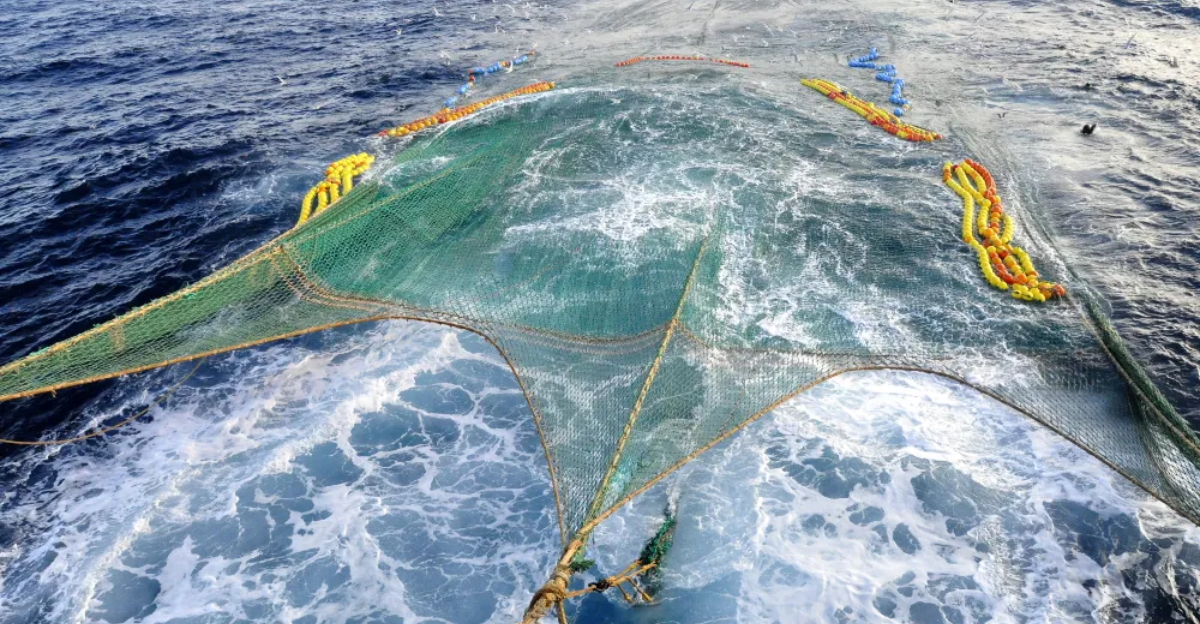
Krill fishing is booming, driven by demand for aquaculture feed and omega-3 supplements. Overfishing could trigger ecosystem collapse. Satellite tracking helps set sustainable quotas by providing accurate population estimates—a critical step in preventing irreversible damage.
Blending Space and Ocean Science
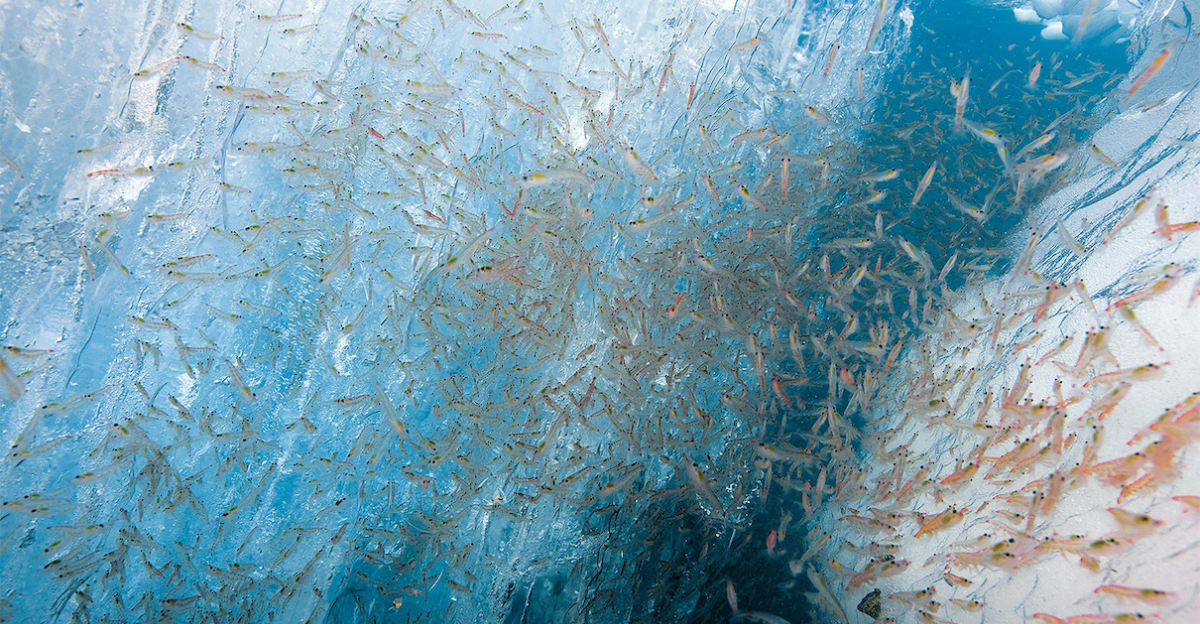
This study bridges the gap between marine biology, space technology, and climate science. It showcases how interdisciplinary collaboration can solve complex global problems—from conserving ocean life to mitigating climate change.
Answering the Skeptics—Does This Really Work?
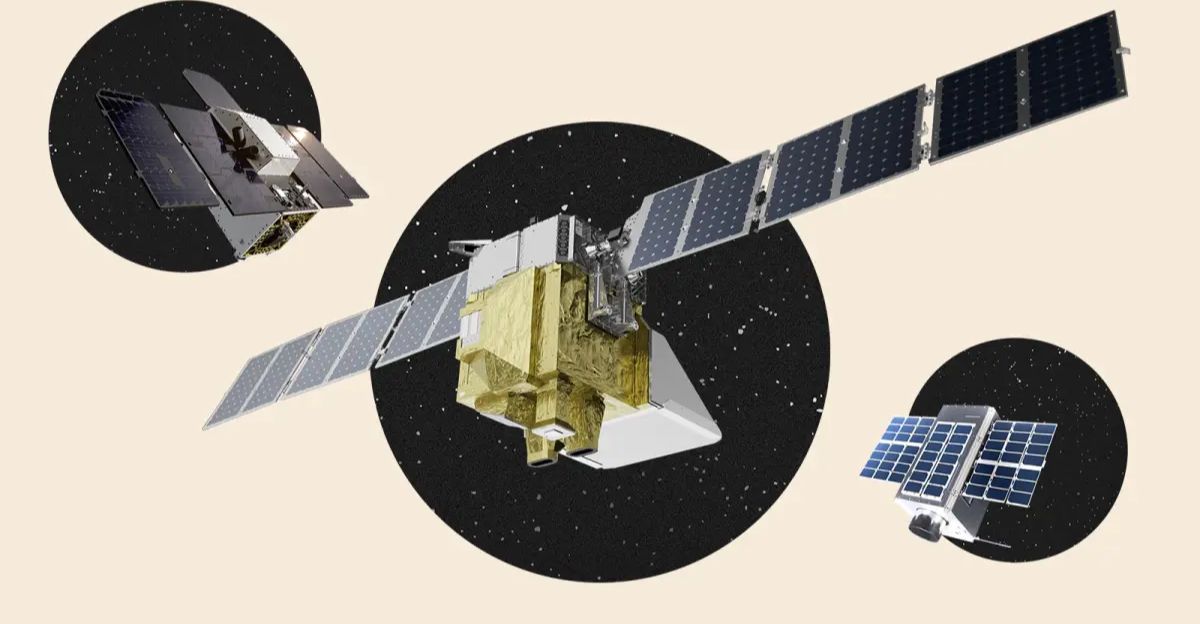
Critics argue satellites lack granular detail, but combining space data with drones, autonomous underwater vehicles, and AI models fills that gap. The result? A comprehensive, multi-layered approach that vastly outperforms traditional monitoring methods.
What This Means for Global Policy

Accurate krill data could reshape international fisheries regulations under agreements like CCAMLR. This could lead to stricter protections for Antarctic waters, forcing industries to balance economic interests with long-term sustainability.
A New Era for Earth Observation Science
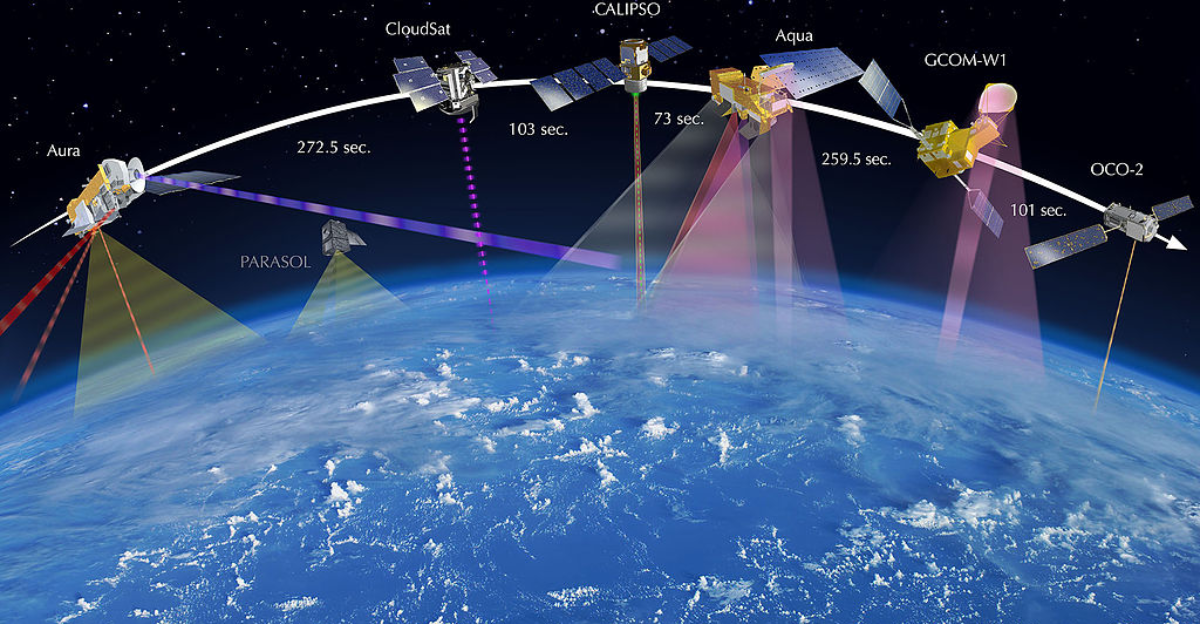
If successful, this method could be replicated for other marine species—monitoring everything from coral reef health to phytoplankton blooms. Space-based conservation could become the new standard for tracking life on Earth.
How Public Awareness Can Drive Change

Krill are invisible to most people, but their survival is crucial. A space-driven conservation effort could bring krill into the global spotlight, galvanizing public support for marine protection efforts worldwide.
The Economic Ripple Effect
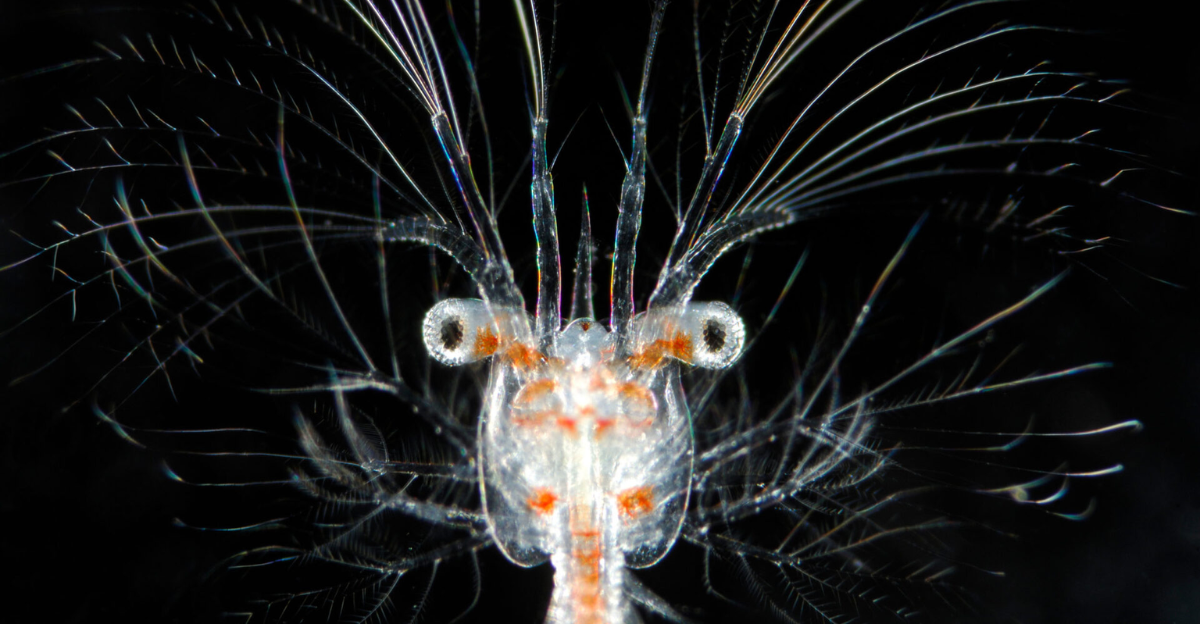
Better krill management benefits multiple industries—from fisheries to ecotourism. Sustainable quotas help prevent economic collapse, ensuring that marine-dependent businesses survive in the long run.
What’s Next? AI and Space-Based Conservation

AI can analyze satellite data to predict ecosystem changes based on krill movements. Imagine a future where space-based biodiversity monitoring networks track species across land, sea, and air—revolutionizing conservation worldwide.
Explore more of our trending stories and hit Follow to keep them coming to your feed!

Don’t miss out on more stories like this! Hit the Follow button at the top of this article to stay updated with the latest news. Share your thoughts in the comments—we’d love to hear from you!







